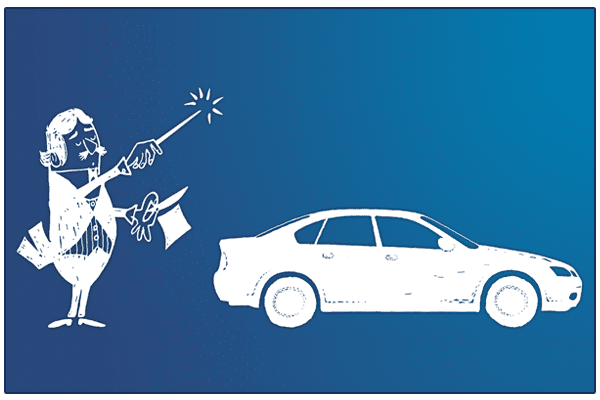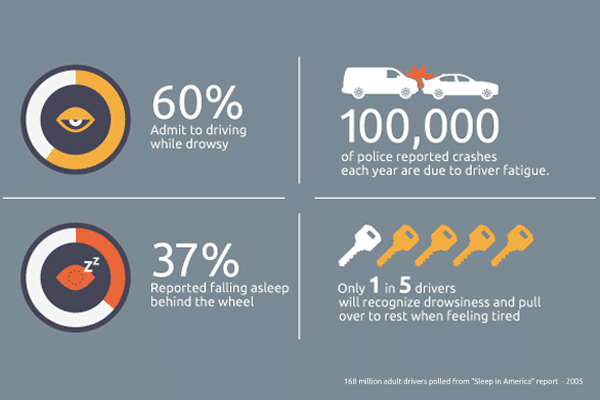March 28, 2018
Jimmy Song
Recently, the clocks sprang forward for Daylight Savings Time. Although people enjoy more sunlight in the evening, fleet safety managers are concerned about managing driver fatigue. According to studies, people are 17% more likely to get in an accident on the Monday after the time change. Of course, that doesn’t Daylight Savings Time is an awful idea! Let’s explore the...
February 21, 2018
Jimmy Song
“Hey boss, what do you think of the new driver?” Uh oh. Although most safety managers prepare great selection and training processes, it is often hard to measure a driver’s risk. That risk is called driver risk management. Driver Risk Management First, let’s discuss what is risk management. Risk management means identifying what can go wrong and then planning ahead...
January 11, 2018
Jimmy Song
Where did you learn how to drive? A lot of people learn from driving schools or from family members. In my case, my dad sat in the passenger seat and he was my extra set of eyes. It sure was a relief to have someone correct my mistakes! Besides driving school or family members, people also learned from tools such...
November 1, 2016
Courtney redwell
Fleet Tracking Solutions Improve Driver Performance Fleet tracking solutions offer many advantages; one in particular is it can help identify which employees have poor driving habits. Not only does this cause safety issues for your drivers and other people on the road, it is wasting company money on fuel and could be adding extra wear and tear to...
March 28, 2016
Victoria Gole
Recruiting drivers is difficult enough and retaining those drivers can often be even more challenging. Therefore, keeping your drivers happy is very important. To avoid continuous turnover, it's critical a positive culture and working environment is created for drivers. High turnover of drivers can indicate not just an unhappy work environment, but also an unsafe environment. It can also be...
January 26, 2016
Victoria Gole
There will always be a part of the population that wants to “fly under the radar” and attempt to conquer GPS tracking devices with GPS jammers. GoFleet and Geotab are dedicated to maintaining a stable and robust system and will continue to make GO GPS devices as tamper-proof as possible. The U.S. Federal Communications Commission defines jammers as “illegal...
December 8, 2015
Victoria Gole
Safety is incredibly important at GoFleet, whether in relation to drivers themselves or maintaining the integrity and safety of client data. All Geotab services and products – both old and new – are constantly held to this paradigm. Below, we will dive further into engine immobilization and describe how the NFC Tag Reader and the Driver ID Relay can be...
October 5, 2015
Victoria Gole
It is normal for a fleet manager to always want his drivers to be on their best behavior. However, this is not always the case. Each company will always have employees with an aggressive style of driving who will often take unnecessary risks in traffic. This can be a problem for multiple reasons. For starters, the constant accelerating and braking...
May 26, 2015
Courtney redwell
Driver Fatigue Danger Driver fatigue can often be an underestimated danger. Companies rely on their drivers for getting to remote job sites, product deliveries, and transporting goods between warehouses. Your fleet drivers may often have to take long trips and/or inconsistent driving schedules which then results in them driving tired. A study in the US focusing around this...
December 17, 2014
Devin Johnson
Manage Your Vehicles & Drivers Effortlessly: 5 Easy Ways As your business grows and becomes more complex, managing your drivers and vehicles also becomes more complex. Business owners and managers have to spread themselves thin in order to handle everything necessary to run a successful business. Using a fleet management system, there are five ways to effortlessly manage your fleet...






